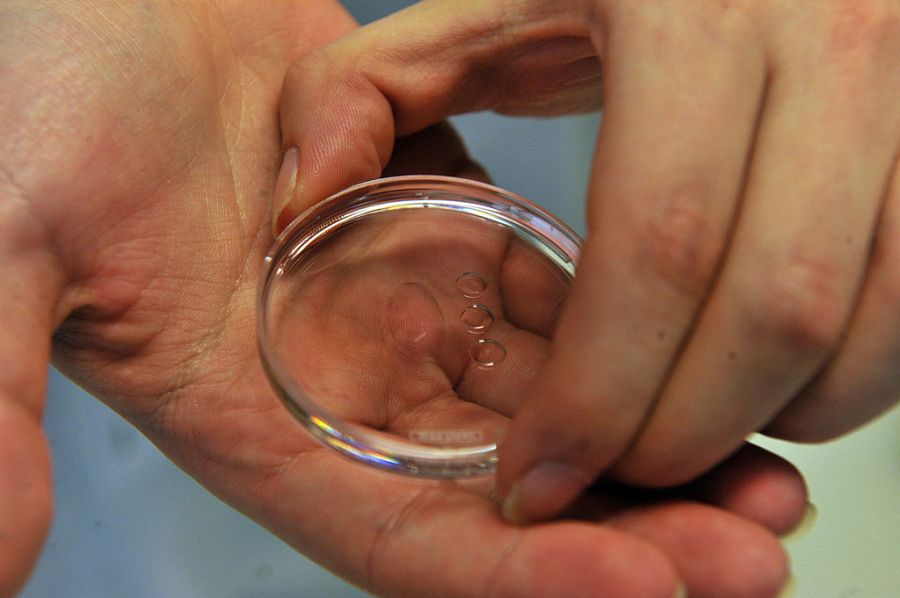Researchers from Germany say a man has become cured of HIV following a stem cell transplant that was performed after several rounds of chemotherapy, making him the fifth known case of the virus being cured in an individual.
In the study published in the Nature science journal, German researchers detailed the case of a 53-year-old patient who was diagnosed with HIV in 2008. After their diagnosis, the patient was placed on antiretroviral therapy (ART) which suppressed the viral load within their system.
The patient was enrolled in the University Hospital Düsseldorf’s IciStem program, which explores potential HIV cures requiring stem cell transplants.
The patient was diagnosed with acute myeloid leukemia about three years after being diagnosed with HIV. Remission of their cancer was achieved through an initial round of chemotherapy but was followed by a relapse shortly after.
During the patient’s treatment for their cancer, they received a stem cell transplant from a female donor with whom they matched. This transplant occurred roughly two years after their cancer diagnosis and five years after being diagnosed with HIV.
The female donor had a mutation that is believed to confer resistance to HIV infection.
ART was continued throughout the treatments for cancer and HIV levels largely remained undetectable in the patient apart from “sporadic” instances when HIV levels were found to be higher than in HIV-negative individuals.
Testing of the patient following treatment was unable to find traces of virus capable of replicating and infecting cells. ART was ultimately discontinued in the patients in 2018, 10 years after they were first diagnosed with HIV. After ceasing ART, the patient displayed no symptoms of HIV.
Björn-Erik Ole Jensen, the patient’s physician, first came forward with these findings in 2019, though he declined to say the man was in remission at the time as he felt it was too early. However, he noted that he was “optimistic” at that point.
Timothy Ray Brown, the first patient believed to be cured of HIV, received the same kind of transplant as the Düsseldorf patient in 2007 to treat his leukemia. It was reported last year than a woman had been cured of HIV also through the use of stem cell transplant, with these cells harvested from umbilical cord blood.
Two other cases of HIV being cured are believed to occurred when the two patients’ immune systems eliminated the virus without treatment, a rare phenomenon that researchers have not yet been able to fully explain.
While the findings of this study are promising for future HIV treatment, researchers noted that this type of stem cell transplant is “neither a low-risk nor an easily scalable procedure.” During the course of such treatment, the patient’s immune system is essentially destroyed and replaced through the transplant.
And the mutation that protects against HIV infection is rare, detected only in a small percentage of people of Northern European descent.
